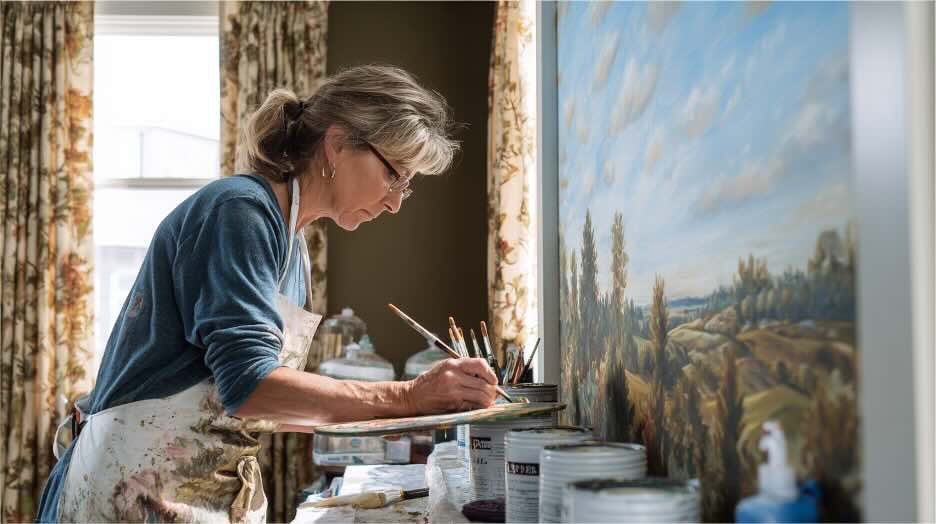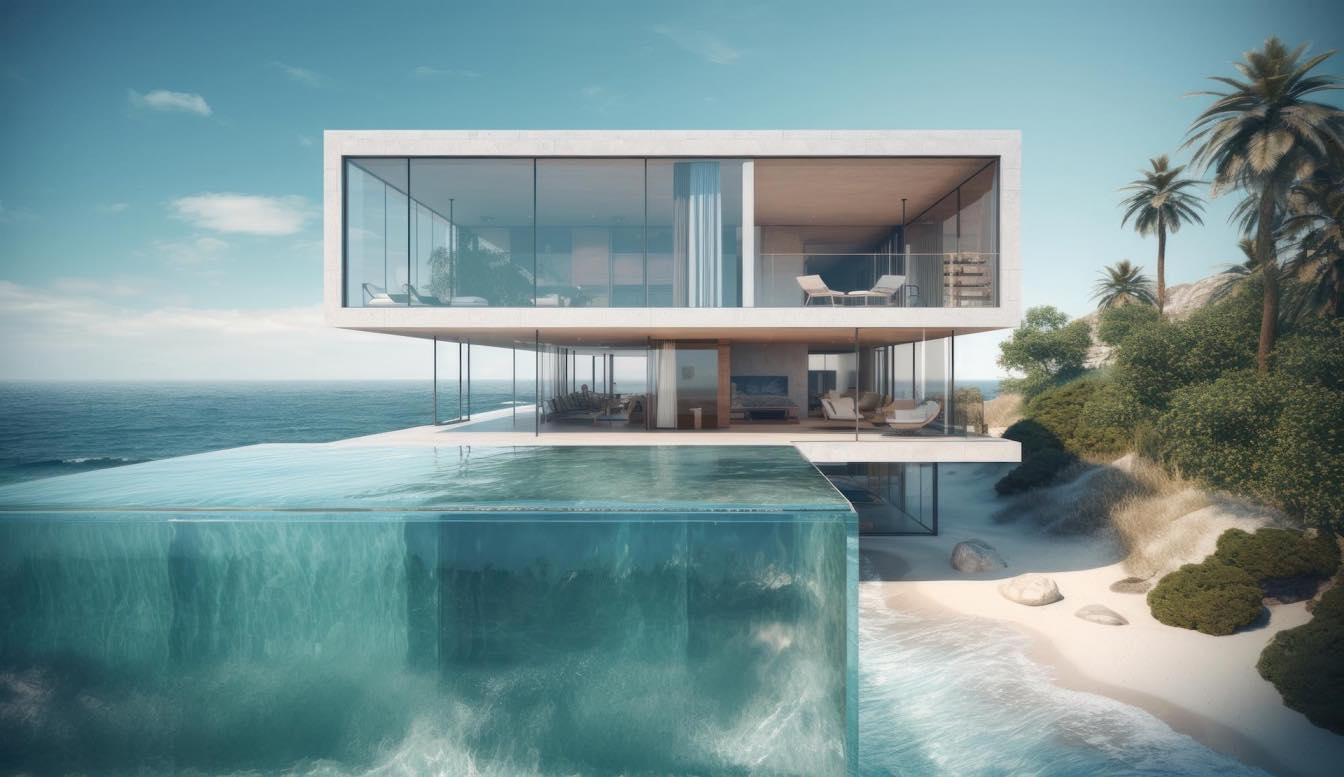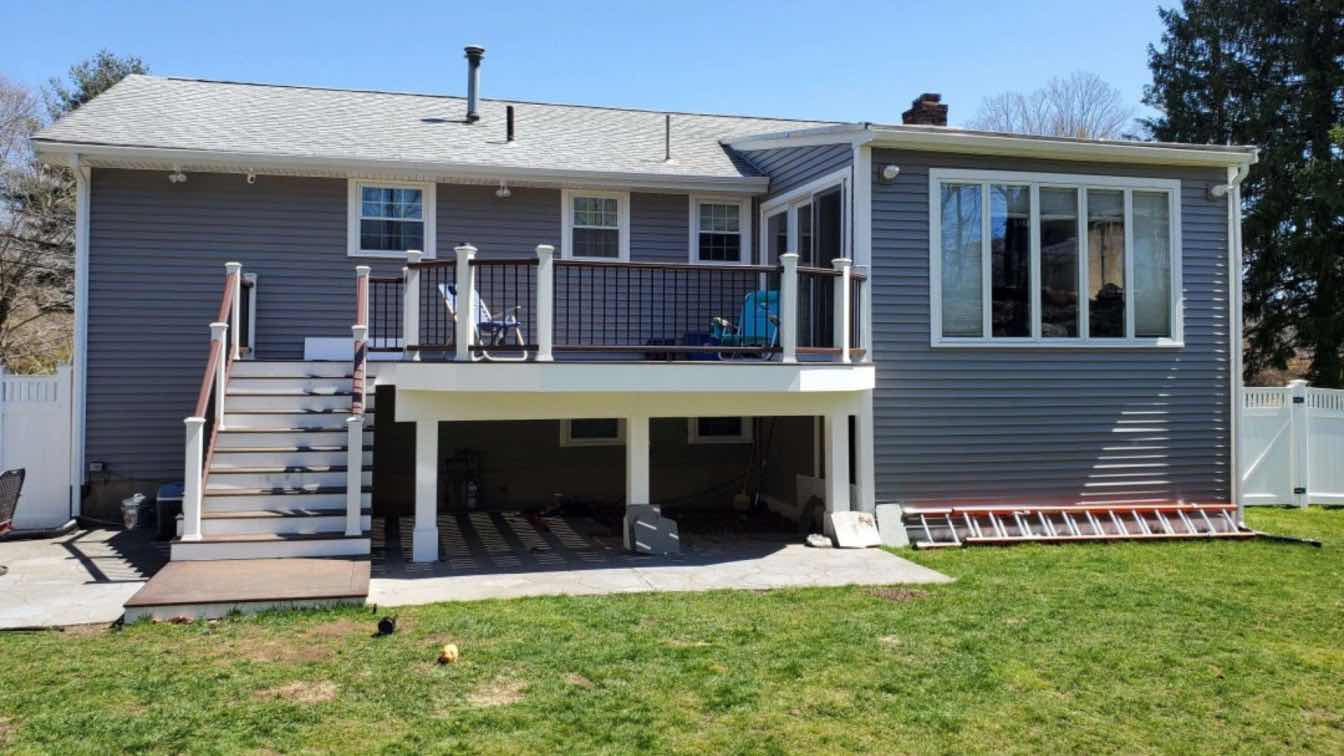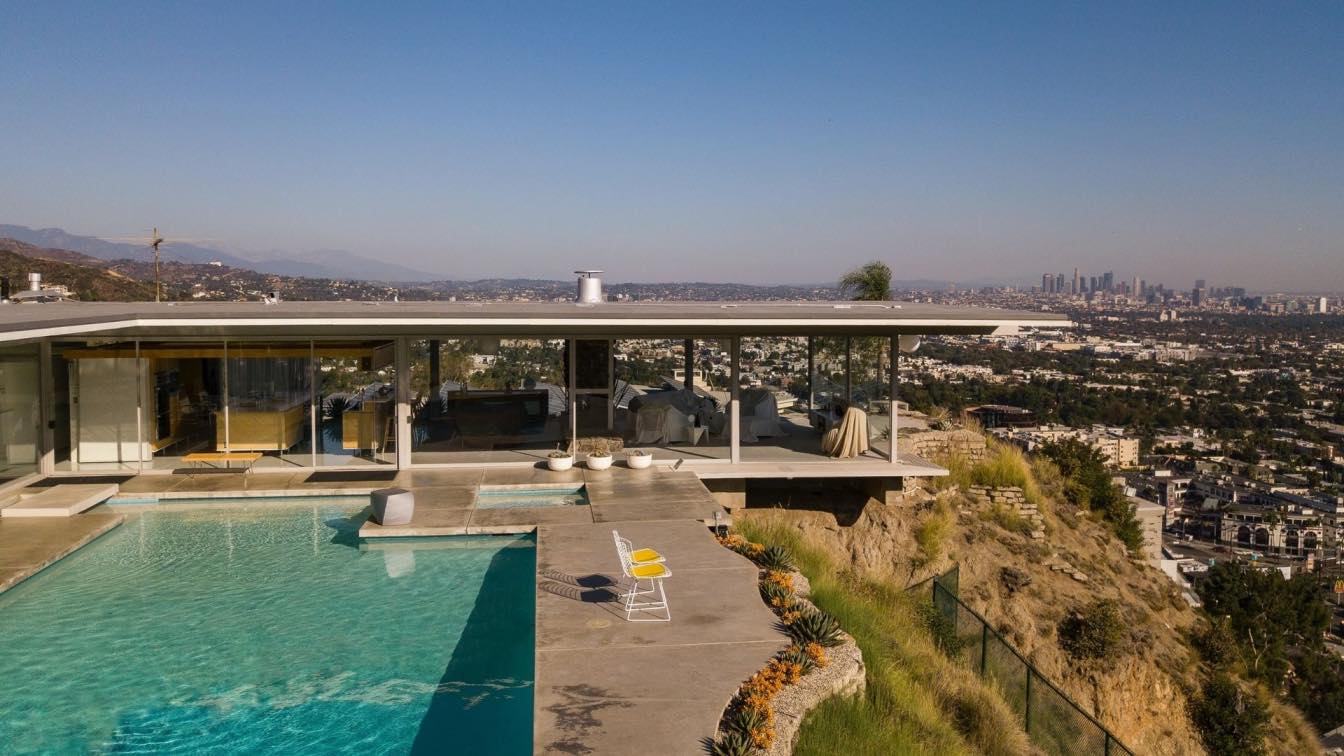Homeowners face pivotal moments when blank walls demand transformation into personalized living spaces. The choice between hand-painted treatments and wallpaper installation extends beyond surface aesthetics into realms of durability, customization potential, and long-term satisfaction. Each approach offers distinct characteristics that influence daily living experiences and property value over time.
Professional Feel Flow Space muralist in Short Hills understands that modern homeowners require comprehensive guidance when evaluating wall treatment options. The decision impacts not only immediate visual results but also maintenance requirements, adaptation possibilities, and financial returns on interior design investments. Hand-painted approaches provide unlimited creative freedom, while wallpaper offers predictable patterns and streamlined installation processes. The evaluation process demands careful consideration of multiple factors, including budget constraints, room functionality, moisture exposure, and personal aesthetic preferences.
Cost Analysis and Long-Term Value
Wall treatment decisions require thorough financial analysis that extends beyond initial material and installation costs. Long-term ownership expenses, maintenance requirements, and replacement cycles significantly affect total investment returns and homeowner satisfaction levels.
Initial Investment Comparison
Hand-painted wall projects typically require higher upfront labor investments due to surface preparation requirements and skilled application time. Professional painters charge premium rates for custom work, detailed designs, and specialty finishes that exceed standard wall painting costs. Material expenses vary significantly based on paint quality, primer requirements, and specialty coating selections.
High-quality wallpaper installation involves substantial material costs for designer papers plus professional hanging fees that reflect precision requirements and technical expertise. Premium wallpapers command significant price premiums, while installation labor costs depend on pattern complexity, room configuration, and surface preparation needs. Hidden expenses often emerge during installation when wall imperfections require correction or pattern matching creates waste.
Long-Term Financial Performance
Wallpaper replacement cycles create recurring expenses that accumulate significantly over property ownership periods. Quality wallpaper typically requires replacement every seven to twelve years due to wear, damage, or style obsolescence. Each replacement cycle involves removal costs, surface repair expenses, and complete reinstallation investments that multiply original costs.
Hand-painted walls require periodic touch-ups and eventual repainting, but avoid complete removal and replacement cycles that characterize wallpaper maintenance. Quality paint applications maintain appearance for ten to fifteen years with minimal maintenance intervention. Touch-up procedures cost significantly less than wallpaper section replacements and achieve seamless integration with existing surfaces.
Property value considerations favor hand-painted walls in most market segments due to broader buyer appeal and lower perceived maintenance requirements. Real estate professionals report that neutral painted walls attract more potential buyers than specific wallpaper patterns that may not align with diverse aesthetic preferences. Custom-painted accent walls can enhance property distinctiveness without limiting market appeal through polarizing design choices.
Customization and Design Flexibility
Interior design success depends heavily on achieving perfect coordination between wall treatments and existing room elements. Customization capabilities determine whether wall decorations enhance or compromise overall design coherence and personal expression goals.
Unlimited Design Possibilities with Hand Painting
Color-matching capabilities enable hand-painted walls to coordinate precisely with existing furnishings, architectural features, and decorative elements throughout interior spaces. Professional painters can mix custom colors that achieve exact matches or complementary relationships impossible to find in manufactured wallpaper patterns. This precision enables seamless integration with established design schemes and future decoration changes.
Scale adaptation represents another significant advantage of hand-painted applications. Designs can be proportioned appropriately for different wall dimensions, ceiling heights, and architectural configurations. Large walls receive suitable visual weight while smaller areas benefit from appropriately scaled treatments that enhance rather than overwhelm spatial perception. Theme development flexibility allows hand-painted walls to incorporate personal interests, cultural references, or family histories that create meaningful connections between occupants and their living environments.
Wallpaper Limitations and Constraints
Fixed pattern repetition constrains design possibilities within predetermined parameters established by manufacturers. Pattern scales remain constant regardless of room dimensions or architectural features that might benefit from different proportional relationships. Color palette restrictions within wallpaper product lines limit coordination possibilities with existing décor elements and future design changes.
Standard roll width limitations create challenges for pattern placement and design continuity across different wall configurations. Seam placement becomes predetermined by roll widths rather than optimal visual composition considerations. Corners, windows, and architectural features interrupt pattern flow in ways that may compromise intended design effects and visual cohesion.
Adaptation and Modification Potential
Hand-painted walls accommodate future changes through relatively simple modification procedures that avoid complete surface replacement. Color adjustments, pattern additions, or theme updates can be integrated with existing painted surfaces through professional touch-up and enhancement services. This adaptability protects initial investments while enabling aesthetic evolution as preferences or circumstances change.
Wallpaper modifications require complete removal and replacement processes that create significant disruption and expense. Pattern changes, color updates, or design modifications necessitate starting over with new material purchases and installation labor. Style evolution accommodation through paint modifications enables homeowners to update their environments gradually without major renovation expenses.
Quality and Durability Comparison
Material performance significantly affects homeowner satisfaction and long-term maintenance requirements. Understanding durability differences enables informed decisions that align with specific environmental conditions and usage expectations.
Hand-Painted Wall Performance Advantages
Paint adhesion and surface bonding create durable connections between coating materials and wall substrates that resist separation and failure under normal environmental conditions. Quality primers and paints form molecular bonds with properly prepared surfaces that maintain integrity through temperature fluctuations, humidity changes, and minor structural movement.
Moisture resistance capabilities vary significantly based on paint formulations and application techniques. Modern paint technologies provide excellent water resistance while maintaining vapor permeability that prevents moisture entrapment behind coating layers. Scratch and impact damage repair procedures for painted surfaces require minimal intervention and achieve invisible results when performed professionally.
Color stability and fade resistance have improved dramatically with modern paint formulations that incorporate UV-resistant pigments and protective additives. Quality paints maintain color accuracy and vibrancy for extended periods, even under direct sunlight exposure, eliminating the color degradation that historically affected painted surfaces.
Common Wallpaper Performance Issues
Edge lifting and seam separation represent persistent problems that affect wallpaper appearance and performance throughout service life. Adhesive failures occur gradually as environmental conditions and everyday building movement stress bonded connections. Temperature and humidity fluctuations accelerate adhesive degradation and cause dimensional changes that compromise seam integrity.
Moisture damage behind wallpaper creates serious problems that may not become apparent until significant deterioration has occurred. Water infiltration through damaged seams or surface punctures can create mold growth, adhesive failure, and substrate damage that requires extensive remediation. Pattern wear in high-traffic areas creates appearance problems that cannot be repaired without complete section replacement.
Removal difficulty increases over time as adhesives cure and bond more strongly with underlying surfaces. Professional removal services become necessary to avoid wall damage, but even expert removal often requires surface repairs and preparation before new treatments can be applied.
Surface Preparation and Application Quality
Wall preparation requirements for optimal paint performance include cleaning, filling, sanding, and priming procedures that create ideal conditions for coating adhesion and longevity. Professional application techniques for hand-painted finishes require skill, experience, and appropriate tools that achieve smooth, even coverage without visible imperfections.
Wallpaper substrate limitations affect adhesion and performance regardless of installation quality. Some wall surfaces do not provide adequate bonding conditions for wallpaper adhesives, while others contain substances that interfere with adhesive curing. Quality control differences between approaches become apparent through performance over time, with paint applications allowing immediate evaluation and correction.
Room-Specific Applications and Benefits
Different interior environments present unique challenges and requirements that influence optimal wall treatment selection. Understanding these environmental factors enables appropriate material choices that deliver superior performance and satisfaction.
Kitchen and Bathroom Moisture Environments
High-humidity conditions create challenging environments that test wall treatment durability and performance limits. Steam, condensation, and direct water exposure require materials and application methods specifically designed for moisture resistance and easy maintenance.
Hand-painted wall performance in moisture-prone areas depends heavily on proper surface preparation, primer selection, and topcoat formulations designed for wet environments. Semi-gloss and gloss paint finishes provide superior moisture resistance and cleaning capabilities. Quality bathroom paints include mildew-resistant additives that prevent biological growth under humid conditions.
Wallpaper failure risks increase dramatically in moisture environments where adhesives soften, seams separate, and trapped moisture promotes mold growth behind decorative layers. Even moisture-resistant wallpapers may fail if installation quality compromises seam integrity or if substrate moisture creates adhesive failure. Cleaning and maintenance requirements favor painted surfaces that withstand repeated washing without surface damage.
Living Areas and Entertainment Spaces
Social spaces require wall treatments that enhance gathering experiences while withstanding increased traffic and activity levels. Durability, maintenance ease, and aesthetic flexibility become essential considerations for spaces that serve multiple functions.
Hand-painted accent walls create focal points that define conversation areas and highlight architectural features without overwhelming room proportions. Color psychology principles enable painted walls to influence mood and atmosphere in ways that support social interaction and relaxation goals. Traffic pattern durability becomes critical in high-use areas where repeated contact gradually degrades wall surfaces.
Wallpaper pattern limitations may conflict with furniture arrangements and room layout changes that occur over time. Fixed patterns create visual competition with artwork, window treatments, and furnishings that may compromise overall design coherence. Social space aesthetic flexibility enables painted walls to accommodate seasonal decorating changes and evolving preferences without major renovation expenses.
Bedroom and Private Space Personalization
Personal retreat areas require wall treatments that promote relaxation, reflect individual preferences, and create comfortable environments for rest and privacy. Customization potential and health considerations become particularly important in spaces where occupants spend extended periods.
Custom hand-painted bedroom mural creation provides unlimited opportunities for personal expression that manufactured wallpaper patterns cannot match. Individual themes, color preferences, and artistic styles can be incorporated into unique designs that create meaningful connections between occupants and their private spaces.
Wallpaper pattern fatigue affects long-term comfort in spaces where occupants spend significant time exposed to repetitive visual elements. Sleep environment color psychology influences rest quality through color temperature and intensity effects on circadian rhythms, with hand-painted walls enabling precise color control that supports healthy sleep patterns.
Children's Rooms and Growth Adaptation
Pediatric environments require wall treatments that accommodate changing interests, growth stages, and safety requirements while maintaining durability under increased activity levels. Flexibility and safety become primary considerations for successful long-term performance.
Hand-painted themes evolve with changing interests through modification and addition procedures that protect initial investments while refreshing spaces for different age groups. Interactive painted elements enable children to participate in room personalization while learning about color, design, and artistic expression.
Wallpaper replacement costs multiply as children outgrow themes that seemed permanent during installation periods. Character themes, juvenile patterns, or age-specific designs require complete replacement as children mature, creating recurring expenses that strain family budgets and schedules.
High-Traffic Areas and Commercial Applications
Entrance areas, hallways, and commercial spaces require wall treatments that maintain appearance under heavy use while meeting professional standards and maintenance efficiency requirements. Durability and cost-effectiveness become primary selection criteria.
Durability requirements exceed those of private residential spaces due to increased contact frequency and extended service expectations. Commercial-grade paint formulations provide superior resistance to scuffing, staining, and wear while maintaining professional appearance standards. Maintenance efficiency in commercial environments requires treatments that can be cleaned quickly without disrupting operations.
Professional appearance standards demand consistent quality and color accuracy that maintain corporate image. Hand-painted walls enable precise color matching with corporate standards while avoiding pattern conflicts that might compromise brand presentation. Cost-effectiveness for business properties favors treatments that minimize ongoing maintenance expenses while maximizing service life.
Professional Installation and Skill Requirements
Successful wall treatment projects depend heavily on professional expertise, appropriate tool selection, and proper technique application. Understanding skill requirements enables homeowners to select qualified contractors and set realistic project expectations.
Hand-Painted Wall Artist Qualifications
Technical skill requirements for professional painted finishes encompass surface preparation expertise, paint application mastery, and color theory knowledge that distinguish professional results from amateur attempts. Qualified painters complete formal training programs and accumulate experience through supervised practice that develops consistent quality standards.
Color theory knowledge enables professionals to create custom colors, adjust existing formulations, and achieve precise color relationships that enhance interior design schemes. Surface preparation expertise requires an understanding of substrate characteristics, primer selection, and preparation procedures that ensure optimal paint adhesion and longevity.
Project management and timeline coordination skills enable professional painters to complete projects efficiently while minimizing disruption to household routines. Experienced contractors provide realistic scheduling estimates and maintain progress toward completion deadlines while coordinating with other renovation activities.
Wallpaper Installation Professional Standards
Precision measuring and pattern matching requirements demand mathematical accuracy and spatial visualization skills that ensure proper pattern alignment and minimal waste generation. Professional installers calculate material requirements precisely and plan cutting sequences that optimize pattern placement and reduce costs.
Adhesive selection and application technique mastery require an understanding of different formulations, substrate compatibility, and environmental conditions that affect bonding performance. Seam placement and edge finishing expertise determine the final appearance quality and long-term performance of installations.
Problem diagnosis and correction capabilities enable professional installers to address unexpected conditions and achieve satisfactory results despite wall imperfections or material variations. Experience provides knowledge of common problems and practical solutions that maintain project quality and client satisfaction.
DIY Feasibility and Risk Assessment
Homeowner skill level requirements differ significantly between painting and wallpaper installation projects. Basic painting techniques can be learned relatively quickly, while wallpaper installation requires precision and experience that amateur installers may lack. Tool and equipment needs vary substantially, with painting requiring standard retail tools while wallpaper installation demands specialized equipment.
Mistake correction possibilities favor painting projects where errors can be corrected through repainting procedures. Wallpaper mistakes may require material replacement and complete section reinstallation, which multiplies costs and extends timelines. Time investment and project complexity considerations affect homeowner satisfaction, with painting projects allowing completion in phases while wallpaper requires continuous work sessions.
Health and Environmental Impact
Indoor environmental quality affects occupant health and comfort significantly. Understanding the health and ecological impacts of different wall treatments enables informed decisions that protect family well-being while minimizing environmental footprint.
Paint Material Safety and Indoor Air Quality
Low-VOC and zero-VOC paint options provide healthier indoor environments by minimizing chemical emissions that affect air quality and occupant health. Modern paint formulations eliminate or reduce volatile organic compounds while maintaining performance characteristics and durability expectations. Off-gassing periods vary significantly between formulations, with quality paints completing emission within days while lower-quality products may continue affecting air quality for extended periods.
Natural and eco-friendly paint alternatives include mineral-based, plant-derived, and low-impact formulations that minimize environmental impact while providing adequate performance. Allergy and sensitivity accommodation requires careful material selection and application procedures that reduce exposure to triggering substances for sensitive individuals.
Wallpaper and Adhesive Health Concerns
Adhesive chemical emissions contribute to indoor air pollution through volatile compounds that off-gas during installation and throughout service life. Some adhesive formulations continue emitting chemicals for months or years after installation, affecting indoor air quality and occupant health.
Mold and mildew growth potential behind wallpaper creates serious health risks, particularly for individuals with respiratory conditions. Trapped moisture provides ideal growing conditions for biological contaminants that may remain undetected until health problems develop. Dust collection and allergen harbor risks increase with textured wallpaper surfaces that trap particles and resist cleaning efforts.
Environmental Sustainability Considerations
Paint disposal and recycling options enable responsible waste management that minimizes landfill impact and recovers valuable materials. Many communities provide paint recycling programs that process unused paint into new products. Wallpaper waste creates disposal challenges due to mixed materials and adhesive contamination that prevent recycling and require landfill disposal.
Manufacturing environmental footprint comparison reveals differences in resource consumption and waste generation between paint and wallpaper production processes. Paint manufacturing generally requires fewer resources and generates less waste than complex wallpaper printing processes. Local sourcing and transportation factors favor paint products that can be manufactured regionally compared to specialty wallpapers requiring long-distance shipping.
Maintenance and Care Requirements
Ongoing maintenance requirements significantly affect long-term satisfaction and total ownership costs. Understanding care needs enables appropriate planning and budgeting for wall treatment preservation throughout service periods.
Hand-Painted Wall Care and Preservation
Cleaning methods and frequency recommendations depend on paint formulations, finish types, and environmental conditions that affect soil accumulation. Most painted surfaces benefit from regular dusting and periodic washing with appropriate cleaning solutions that remove soil without damaging coating integrity.
Touch-up procedures require color-matching techniques and application methods that achieve invisible repairs when minor damage occurs. Professional painters can perform touch-ups using original paint or custom color matching that maintains a uniform appearance. Protective coating applications and renewal schedules extend service life while maintaining appearance quality through clear topcoats that provide additional durability.
Professional maintenance service availability enables ongoing care through qualified contractors who understand proper procedures and maintain manufacturer warranties. Regular professional maintenance programs can extend service life while preserving appearance quality and protecting initial investments.
Wallpaper Maintenance Challenges
Cleaning limitations restrict maintenance options and may compromise appearance quality over time. Most wallpapers cannot withstand aggressive cleaning procedures required to remove stains, marks, or biological growth, leaving permanent damage that requires replacement rather than repair.
Repair complexity for tears, edge damage, or staining requires professional assessment and often necessitates complete section replacement that may not match existing materials due to aging, fading, or manufacturing variations. Professional cleaning service requirements add ongoing expenses and may not achieve satisfactory results for heavily soiled or damaged wallpaper.
Replacement section color matching presents persistent challenges as wallpaper ages and fades at different rates depending on light exposure and environmental conditions. New replacement sections often appear obviously different from existing installations, compromising overall appearance quality and requiring complete wall treatment to achieve uniform results.
Damage Prevention and Protection Strategies
Furniture placement and wall protection methods can minimize damage from normal household activities while maintaining aesthetic appeal. Strategic placement of protective elements and careful furniture positioning reduces wear patterns and impact damage that require repair or replacement.
High-traffic area reinforcement through enhanced surface preparation, premium materials, and protective coatings prevents premature wear and maintains appearance quality in areas subject to frequent contact. Child and pet damage prevention techniques include material selection, protective barriers, and behavioral management strategies that reduce damage probability while maintaining family-friendly environments.
Insurance coverage and damage documentation procedures protect homeowner investments while ensuring appropriate compensation when covered damage occurs. Proper documentation, professional assessment, and warranty maintenance support insurance claims and protect financial interests in wall treatment investments.





